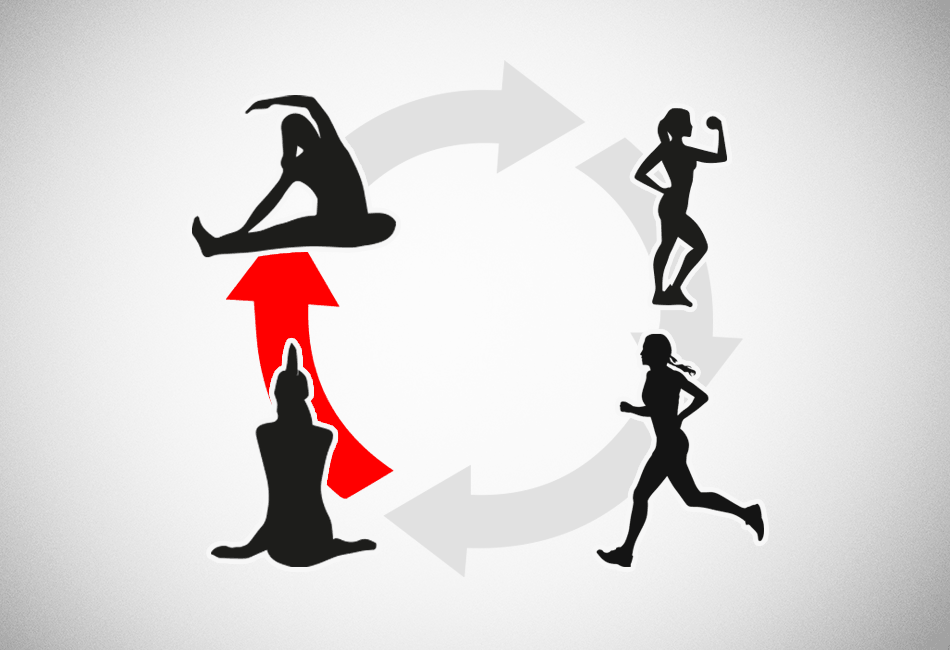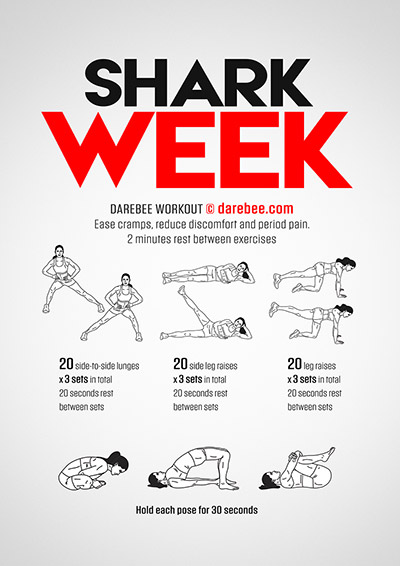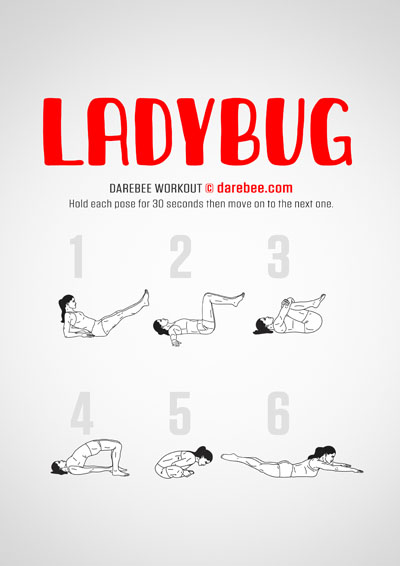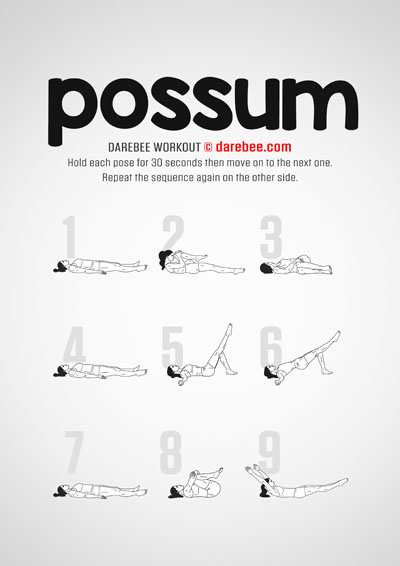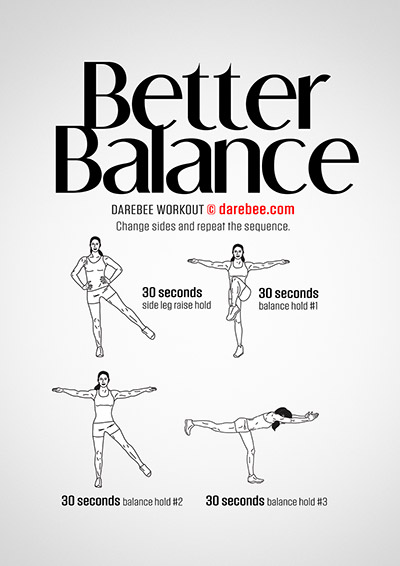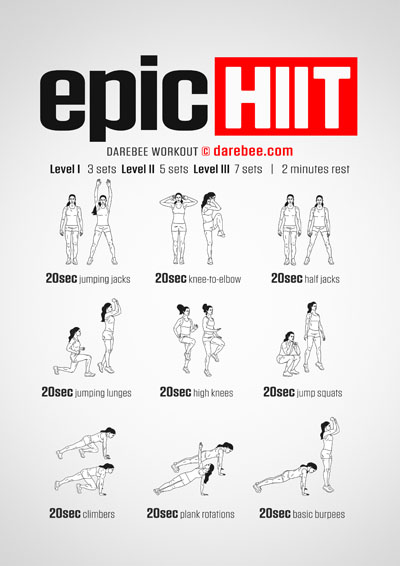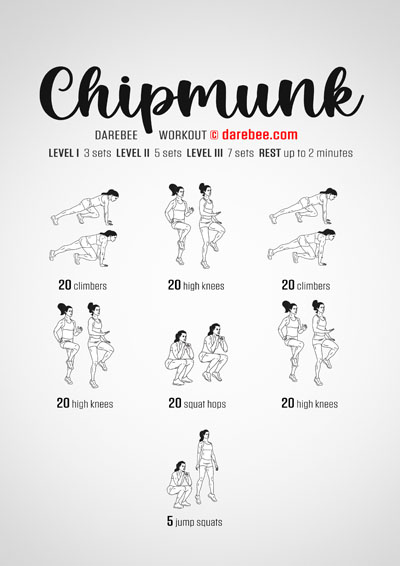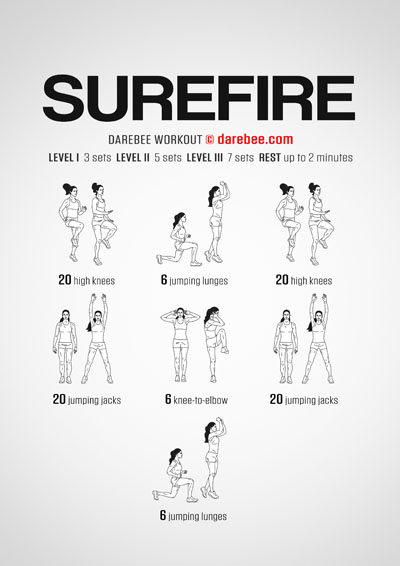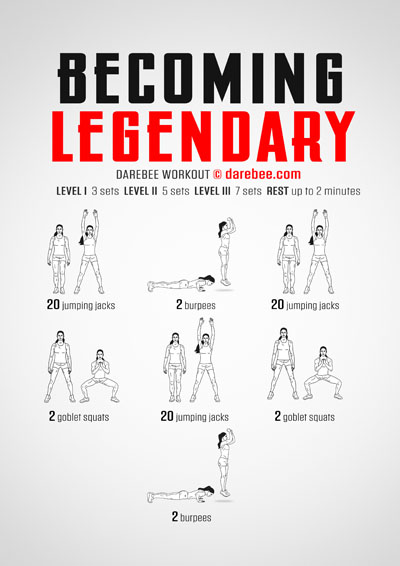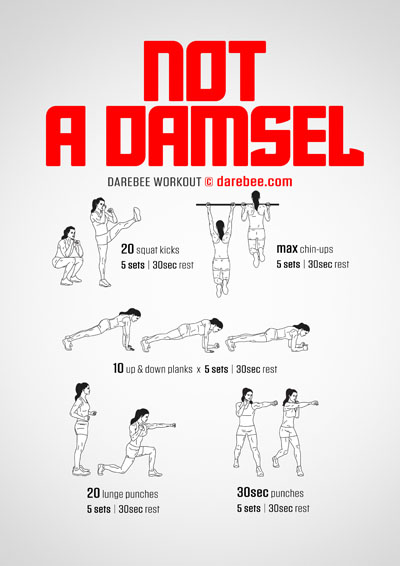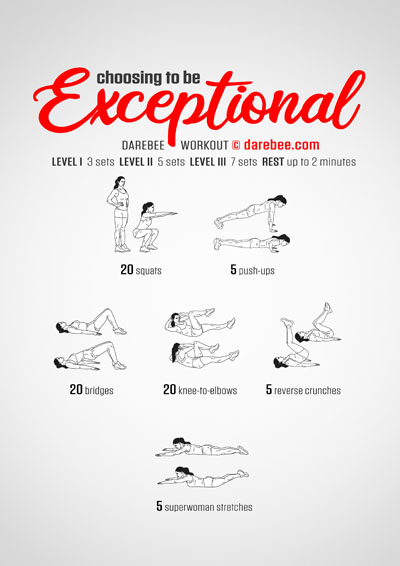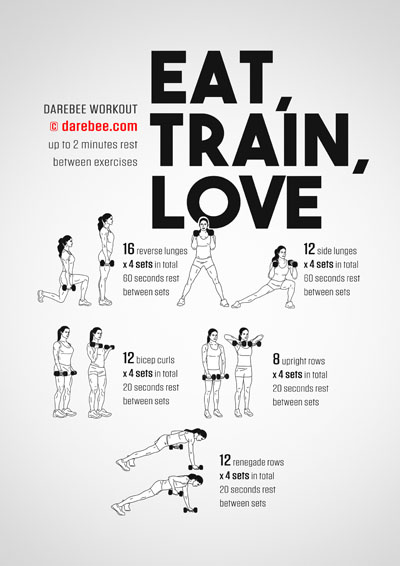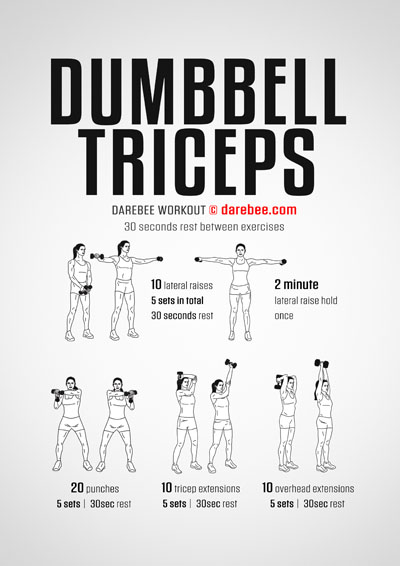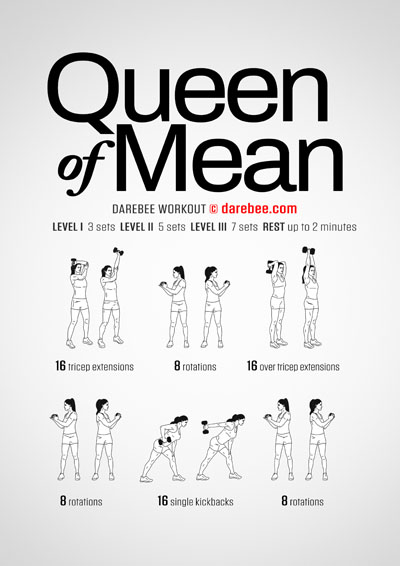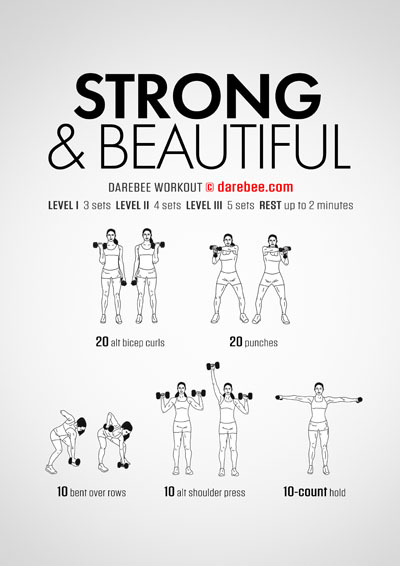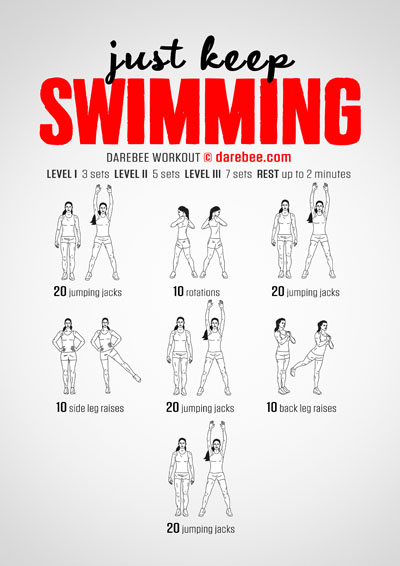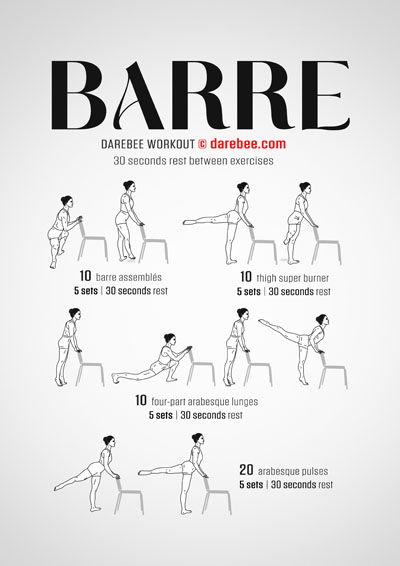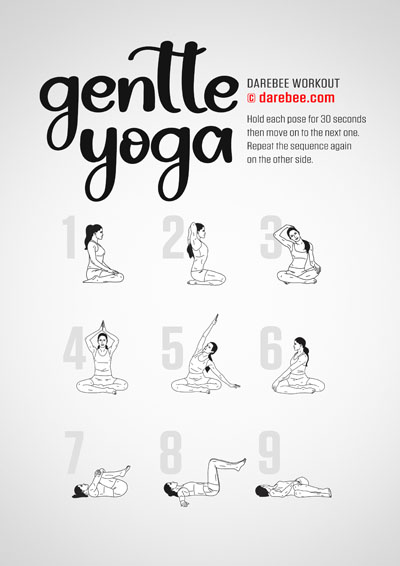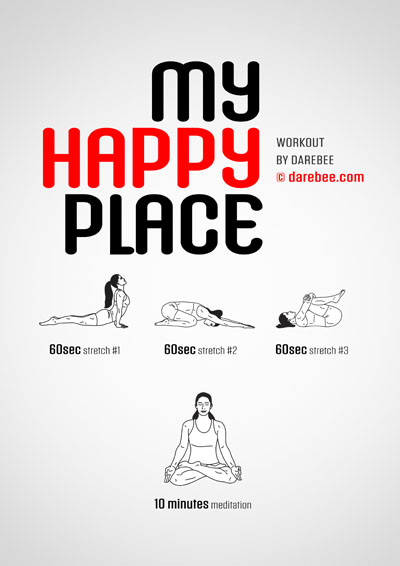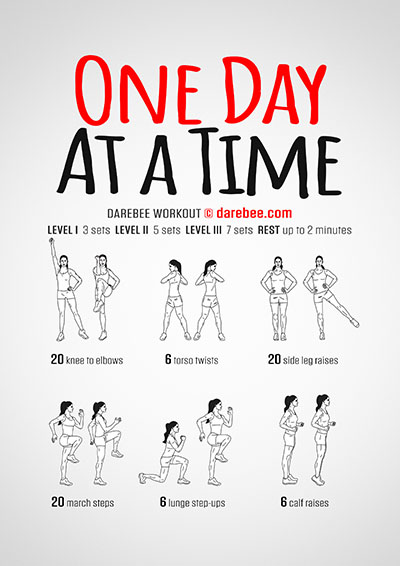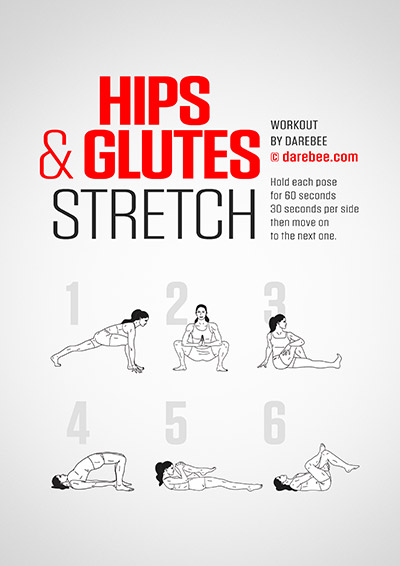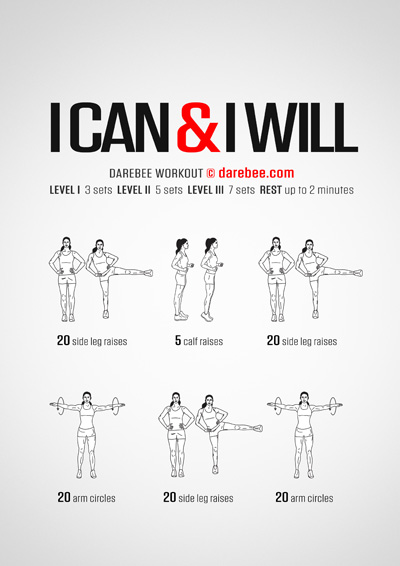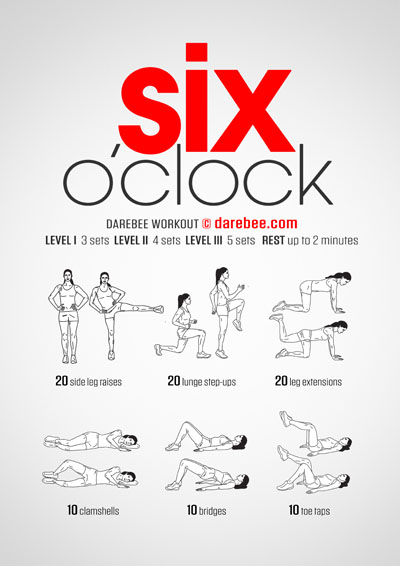Since June 1905, when Ernest Starling, a professor of physiology at University College London, UK, first used the word 'hormone' in one of four Croonian Lectures[1] we’ve come to better understand the role hormones play in the control of many body functions, such as growth, mood, repair and reproduction.[2]
Hormones[3] are the chemical messengers that are released directly into the bloodstream which then carries them to organs and tissues of the body and affects the way they function. The six main roles of hormones are:
- Metabolism (the way we break down food and get energy from nutrients)
- Fertility and sexual function
- Growth and development
- Emotions and mood
- Blood pressure
- Sleep
This makes hormones crucial to losing fat, gaining muscle and maintaining an overall balanced mind/body system which means that a better understanding of the role of hormones helps us achieve better health and fitness from our efforts.
Because we are not machines what we choose to do: the interventions we put in place in the form of diet, exercise, nutrition and sleep alter the role, amounts and effect hormones have on us. The monthly oestrogen cycle women experience changes their body’s hormonal profile and makes it harder to follow the same physical training as men and see the benefits unless this monthly hormonal change is taken into account and adaptations in training are put in place.
Estrogen (also known as oestrogen) is a hormone that’s present in both the male and female body. In women it regulates the menstrual cycle, affects the reproductive tract, the urinary tract, the heart and blood vessels, bones, breasts, skin, hair, mucous membranes, pelvic muscles, and the brain. It also plays a key role in how physically active we are.[4]
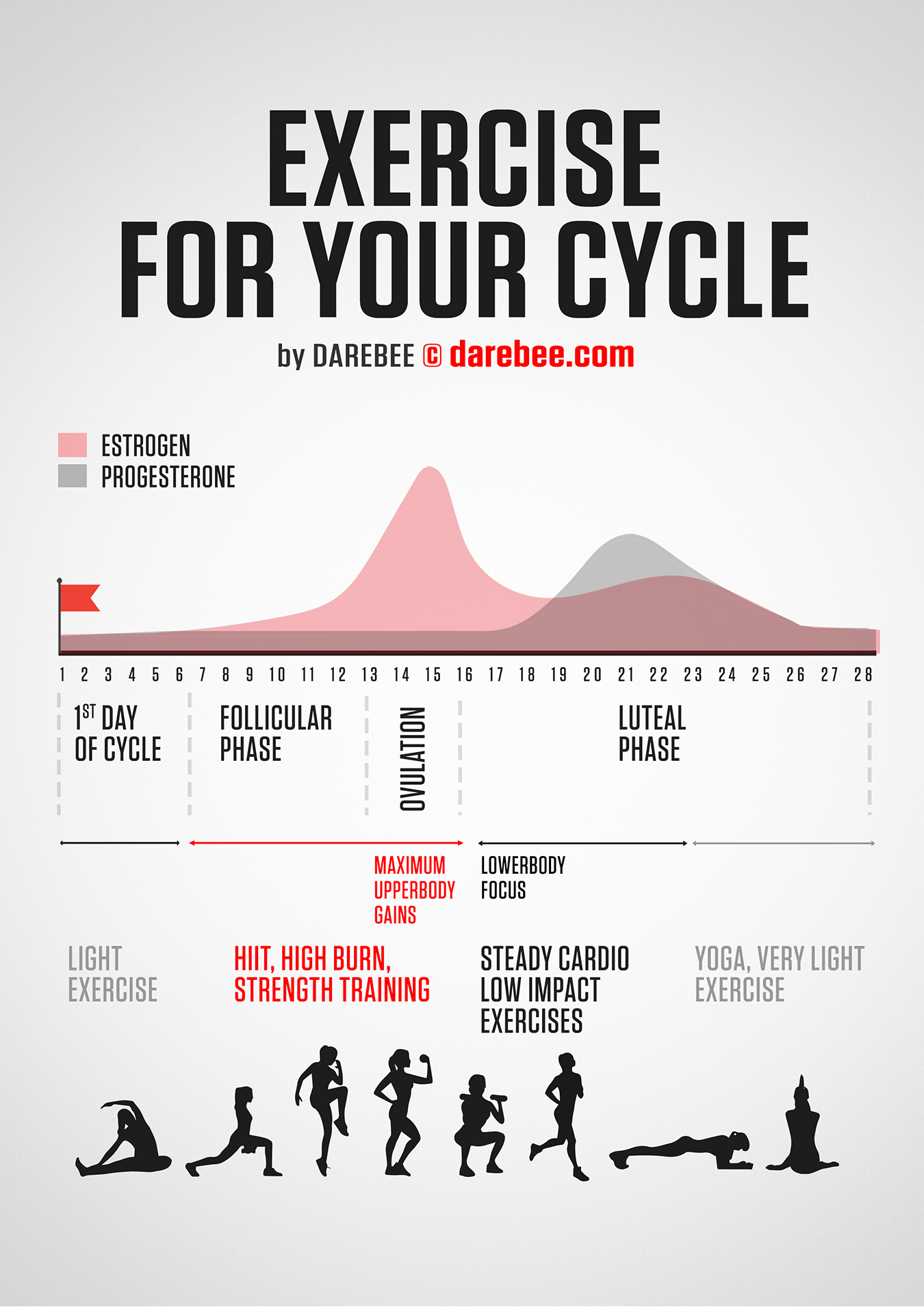
Training And The Monthly Cycle
Because in women the amount of estrogen present in the bloodstream fluctuates[5] during the monthly menstrual cycle it affects not just how a woman feels but also how much she wants to exercise. When estrogen levels are low, however, it isn’t just a willingness to engage in physical activity that is affected.
Studies have shown that estrogen plays a key role in bone strength and bone health and also “it directly affects the structure and function of other musculoskeletal tissues such as muscle, tendon, and ligament. In these other musculoskeletal tissues, estrogen improves muscle mass and strength, and increases the collagen content of connective tissues.”[6] So all of these are directly affected by low estrogen levels which also affect the risk of injury and make it difficult to develop muscle mass.[7]
Research has uncovered the mechanism behind which lower estrogen levels affect myosin[8] a protein that converts chemical energy in the form of ATP to mechanical energy, thus generating force and movement[9]. Estrogen levels dip in a woman’s body in the final week before menstruation and during it. This, in turn, has a variety of undesirable effects:
- Difficulty in putting on muscle despite training during that time
- Losing elasticity in tendons and ligaments
- Loss of coordination
- Reduced mobility
- Greater fatigue
These are effects that become even more pronounced when the female body experiences menopause when ovulation stops altogether and estrogen levels become naturally lower.
Because the human body is a complex, dynamic construct what affects one part of it affects others. For instance stronger muscles help develop healthier, stronger bones and stronger bones affect brain health. There are similar complex relationships between mobility, coordination and balance and overall quality of life in terms of physical, mental and psychological effects which impact not just how we feel but also how long we live.
The complexity of the human body that causes such a cascade of effects when estrogen levels become low, however, also allows us to develop coping strategies during the monthly ovulation cycle that reduce the effects of lower estrogen levels and help women get the most out of their training.
To do that the first step is to track the monthly menstrual cycle. During the early phases of that cycle, like the first two weeks, strength training and exercises that help build explosive power deliver the best results. The same goes for any kind of exercise that involves, let’s say HIIT training, or stretching.
Ligaments, tendons and the firing of muscles are different when estrogen levels are high and each organ is affected differently. While high estrogen, for instance, is great for building stronger bones and powerful muscles it causes loss of rigidity in ligaments and tendons and makes it more likely to suffer a joint injury.[10] Lifting weights, doing High Intensity Interval Training and working out hard is much easier in the first half of the menstrual cycle and delivers great physical strength gains, provided that attention is paid to the way joints are stressed.
During the latter half of the menstrual cycle however, attention needs to be paid to having proper warm-ups and adjusting expectations about performance in heavy exercise.
Because one of the first things to be affected by a fluctuation in hormones is motivation, when you do feel demotivated in the second half of a menstrual cycle it is good to have a strategy in place already. Substitute Low Intensity Interval Training (LIIT) instead of HIIT, for instance. Or, go for long walks instead of running. Make your training extra fun by working out with a partner or friend and don’t beat yourself up if you simply don’t feel doing what you normally do in your workouts.
The key here is to accept that this change in mood and feelings is perfectly alright and it does not constitute a personal failure. Gentle exercise and low-impact workouts don’t only help relieve mental and psychological stress but they also mitigate the effects of change in estrogen levels[11] making the transition from high to low estrogen much smoother and a lot safer.
Another area of research shows that the way women experience fatigue during exercise varies greatly according to the phase in their menstrual cycle. Upper body exercise fatigue, for instance, is felt less during the early stages of the menstrual cycle while lower body fatigue appears to be less influenced by the available levels of estrogen.[12] This means that doing hard upper-body exercises is better in the first two-three weeks of the menstrual cycle while walking and running are better exercise choices during the final week of the menstrual cycle and during days of menstruation.
Exercise Benefits And Menopause
Menopause is the time that marks the end of a woman’s menstrual cycles. It is attended by a drop in estrogen levels and a number of both psychological and physical changes, as a result. The loss of estrogen associated with the menopause is also associated with loss of muscle,[13] general weakness, and satellite cell dysfunction[14].
While the change is inevitable and every woman will face it at some point in her life there is now research-backed evidence that the right kind of exercise can help make the transition smoother and can reduce the hormonal fluctuations that take place. This is truly important because in addition to all the physical changes that take place, reduced estrogen levels also affect mood, memory[15] and motivation[16] making it harder to just feel good about yourself.
A recent study on mice found the mechanism linking physical activity with the estrogen cycle and estrogen levels in the bloodstream.[16]. Because estrogen affects not just the muscles directly involved in movement but also satellite cells which repair muscles after physical activity and remodel them so they can become stronger[17] anything that can lessen the impact of low estrogen levels in menopause contributes to a better overall quality of life.
The good news is that we are not hostage to our hormones. What we choose to do also affects where we end up. The body responds to environmental stimuli and external stressors and exercise is one such a stressor. A 2019 study showed that sustained and sustainable physical exercise in menopausal women helped maintain neurological and psychological health and balance and had equally positive effects on their strength and fitness.[18]
Clearly, exercising when we don’t really feel like it and maintaining our positivity when psychologically we feel the opposite is not easy. At the same time, it is within our grasp to strategize our approach and be clever with our choices.
Create Your Estrogen Cycle Physical Training Strategy
To help maintain momentum when things get tough requires some self-awareness, a little planning and some help. This list below gives you most of what you need:
- Make exercise easy. Pick your exercise and workout choices to match your estrogen levels. If you’re menstruating you can train hard for up to three weeks in your menstrual cycle and then focus on stretching and lower-body strength. If you have entered menopause, pick workouts that have a gradual challenge. Either way make sure you already know what you’re going to do before the day comes when you must do it.
- Show up: Naturally there will be days when you simply will not have the motivation to exercise. It is important to just show up on those days and go through your pre-chosen workout.
- Keep a journal. Document everything you do. Documenting your journey is important to help you keep track of everything you do. Seeing progress has an impact on your mood and motivation and even when you don’t feel like it, seeing how far you’ve come will affect how determined you are to continue making progress.
- Make yourself accountable. Use an app or create a fitness forum account. Share what you do, document your struggles and share your wins. All of these are activities that help you gain fresh perspective on how you feel. Your fitness journey, however difficult it may feel inspires countless others who also struggle. By helping them, you also help yourself.
- Seek help. We all stumble at some point. It doesn't matter who we are and what we do. It’s important when we do that we have a safety net of family, friends and acquaintances we can reach out. Our own cheerleaders, so to speak. This is build slowly, intentionally, over time. Within Darebee we offer The Hive that helps everyone who is facing struggles in their fitness journey share their story, find friends and inspire others, in turn. Find your tribe and seek their help as necessary.
- Be patient and be kind. These are attributes you need to extend to yourself. Far too often we get impatient. We become harsh in our internal criticism. We feel like we are failing when we are just hitting a bump in our fitness journey. The way we think and the way we feel affect our gut/brain connection which, in turn, affects the hormonal profile of our body and can affect us negatively, if we let it. By being more accepting of who we are we set ourselves up for success in what we do.
Recommended Workouts During Your Period
Recommended Workouts For 3 Weeks After Your Period
Recommended Workouts During Ovulation
Recommended Workouts 1 Week Before Your Period
Research
Women’s bodies are different from men’s and blindly following a one-size-fits-all training routine won’t help. The best results from physical training take into account the peaks and troughs of estrogen during a woman’s monthly cycle. Exercise has the ability to help women cope better with menopause and feel healthier and more in control of their body. The best interventions are always a mix of nutrition, exercise, social activities and organized self-care strategies.
Research
- 1. Tata JR. One hundred years of hormones. EMBO Rep. 2005 Jun;6(6):490-6. doi: 10.1038/sj.embor.7400444. PMID: 15940278; PMCID: PMC1369102.
- 2. Ramya, S.; Poornima, P.; Jananisri, A.; Geofferina, I.P.; Bavyataa, V.; Divya, M.; Priyanga, P.; Vadivukarasi, J.; Sujitha, S.; Elamathi, S.; et al. Role of Hormones and the Potential Impact of Multiple Stresses on Infertility. Stresses 2023, 3, 454-474.
- 3. Campbell M, Jialal I. Physiology, Endocrine Hormones. [Updated 2022 Sep 26]. In: StatPearls [Internet]. Treasure Island (FL): StatPearls Publishing; 2023 Jan.
- 4. Krause, W.C., Rodriguez, R., Gegenhuber, B. et al. Oestrogen engages brain MC4R signalling to drive physical activity in female mice. Nature 599, 131–135 (2021).
- 5. Reed BG, Carr BR. The Normal Menstrual Cycle and the Control of Ovulation. [Updated 2018 Aug 5]. In: Feingold KR, Anawalt B, Blackman MR, et al., editors. Endotext [Internet]. South Dartmouth (MA): MDText.com, Inc.; 2000.
- 6. Chidi-Ogbolu N, Baar K. Effect of Estrogen on Musculoskeletal Performance and Injury Risk. Front Physiol. 2019 Jan 15;9:1834. doi: 10.3389/fphys.2018.01834. PMID: 30697162; PMCID: PMC6341375.
- 7. Lowe DA, Baltgalvis KA, Greising SM. Mechanisms behind estrogen's beneficial effect on muscle strength in females. Exerc Sport Sci Rev. 2010 Apr;38(2):61-7. doi: 10.1097/JES.0b013e3181d496bc. PMID: 20335737; PMCID: PMC2873087.
- 8. Lowe DA, Baltgalvis KA, Greising SM. Mechanisms behind estrogen's beneficial effect on muscle strength in females. Exerc Sport Sci Rev. 2010 Apr;38(2):61-7. doi: 10.1097/JES.0b013e3181d496bc. PMID: 20335737; PMCID: PMC2873087.
- 9. Cooper GM. The Cell: A Molecular Approach. 2nd edition. Sunderland (MA): Sinauer Associates; 2000. Actin, Myosin, and Cell Movement.
- 10. Nkechinyere Chidi-Ogbolu1, Keith Baar. Effect of Estrogen on Musculoskeletal Performance and Injury Risk. Front. Physiol., 15 January 2019, Sec. Exercise Physiology. Volume 9 - 2018.
- 11. Tsai SY. Effect of Yoga Exercise on Premenstrual Symptoms among Female Employees in Taiwan. Int J Environ Res Public Health. 2016 Jul 16;13(7):721. doi: 10.3390/ijerph13070721. PMID: 27438845; PMCID: PMC4962262.
- 12. Hugo M. Pereira, Rebecca D. Larson, Debra A. Bemben. Menstrual Cycle Effects on Exercise-Induced Fatigability. Front. Physiol., 26 June 2020 Sec. Exercise Physiology. Volume 11 - 2020.
- 13. Collins BC, Laakkonen EK, Lowe DA. Aging of the musculoskeletal system: How the loss of estrogen impacts muscle strength. Bone. 2019 Jun;123:137-144. doi: 10.1016/j.bone.2019.03.033. Epub 2019 Mar 28. PMID: 30930293; PMCID: PMC6491229.
- 14. Kitajima, Y., & Ono, Y. (2016). Estrogens maintain skeletal muscle and satellite cell functions. Journal of Endocrinology, 229(3), 267-275. Retrieved Sep 2, 2023,
- 15. Cutter WJ, Norbury R, Murphy DGM. Oestrogen, brain function, and neuropsychiatric disorders Journal of Neurology, Neurosurgery & Psychiatry 2003;74:837-840.
- 16. Krause, W.C., Rodriguez, R., Gegenhuber, B. et al. Oestrogen engages brain MC4R signalling to drive physical activity in female mice. Nature 599, 131–135 (2021).
- 17. Collins BC, Arpke RW, Larson AA, Baumann CW, Xie N, Cabelka CA, Nash NL, Juppi HK, Laakkonen EK, Sipilä S, Kovanen V, Spangenburg EE, Kyba M, Lowe DA. Estrogen Regulates the Satellite Cell Compartment in Females. Cell Rep. 2019 Jul 9;28(2):368-381.e6. doi: 10.1016/j.celrep.2019.06.025. PMID: 31291574; PMCID: PMC6655560.
- 18. Ansdell P, Brownstein CG, Škarabot J, Hicks KM, Simoes DCM, Thomas K, Howatson G, Hunter SK, Goodall S. Menstrual cycle-associated modulations in neuromuscular function and fatigability of the knee extensors in eumenorrheic women. J Appl Physiol (1985). 2019 Jun 1;126(6):1701-1712. doi: 10.1152/japplphysiol.01041.2018. Epub 2019 Mar 7. PMID: 30844334.

